Saving bulbs from one season to the next is a great way to ensure a beautiful garden year after year. Whether you’re growing flowers or vegetables, some bulbs can be preserved through the colder months and replanted the following season.
Doing so not only saves you money but also helps preserve your favorite blooms. In this guide, we’ll explore the top 14 bulbs you should always save for next season, offering tips on how to properly store and care for them. With the right attention, these bulbs will continue to reward you with stunning blooms year after year.
Tulip
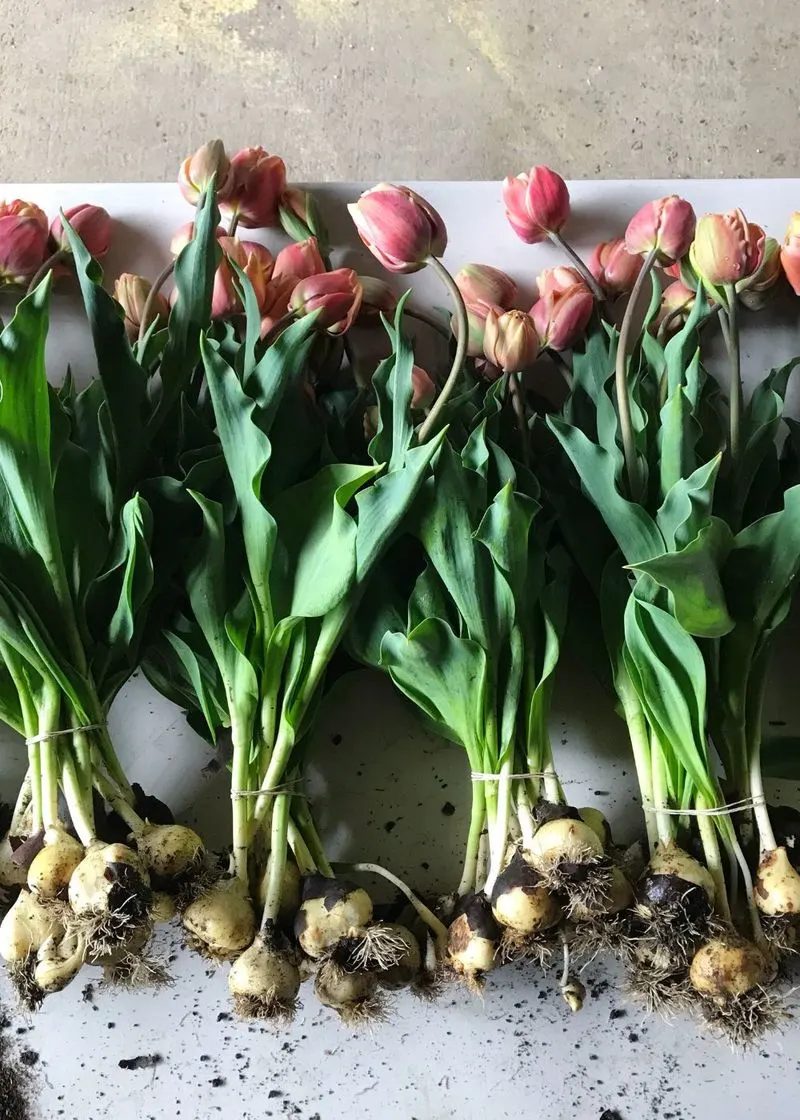
When spring arrives, gardens burst with tulips’ vibrant colors. Saving tulip bulbs is essential for gardeners seeking a repeat performance. After blooming, let foliage die back naturally to nourish bulbs, then lift them gently from the soil. Store in a cool, dry place until fall planting. Ensure bulbs are free from rot before storage. Each tulip bulb holds the promise of a stunning floral display, making the effort worthwhile. Proper care results in a breathtaking garden tableau, filled with a riot of colors each spring.
Daffodil
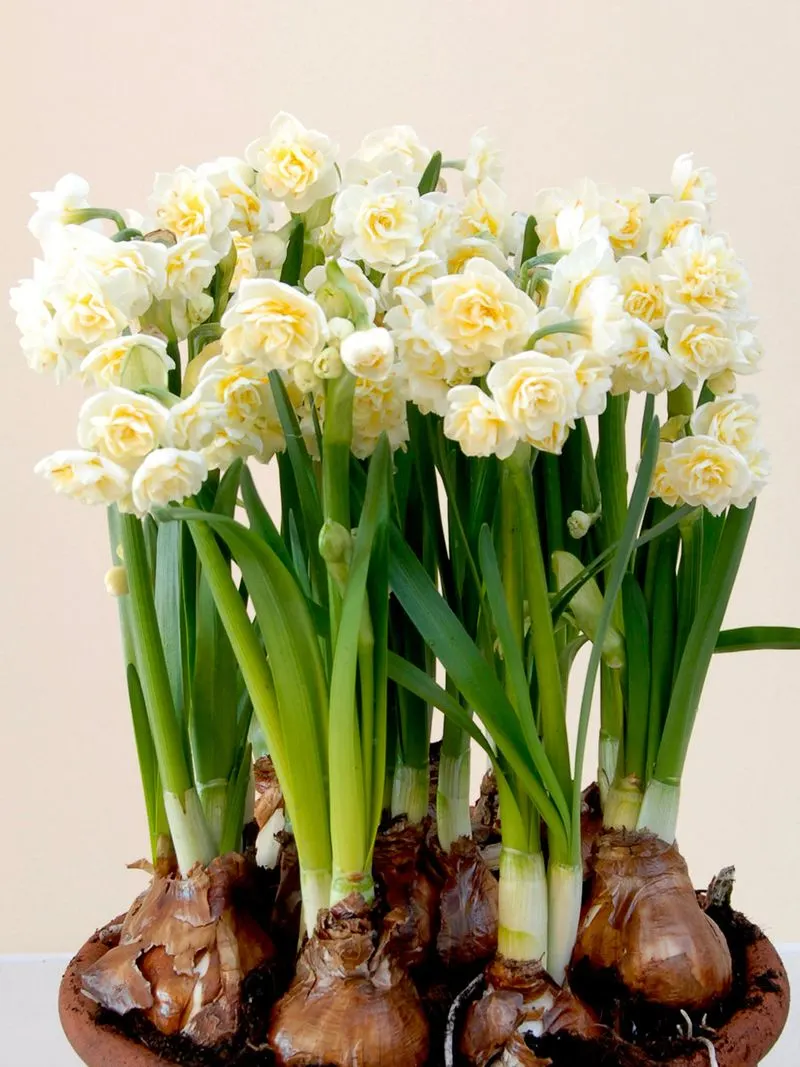
Daffodils herald the arrival of spring with cheerful blooms. Their bulbs are incredibly resilient, making them easy to store and replant. Allow foliage to wither naturally after flowering to replenish bulbs. After this, carefully dig them up and store in mesh bags or paper sacks. Keeping them dry prevents mold. Daffodil bulbs are a wise choice for gardeners, offering reliable blooms year after year. Their sunny faces bring joy and life to any garden, ensuring their place in your bulb-saving strategy.
Hyacinth
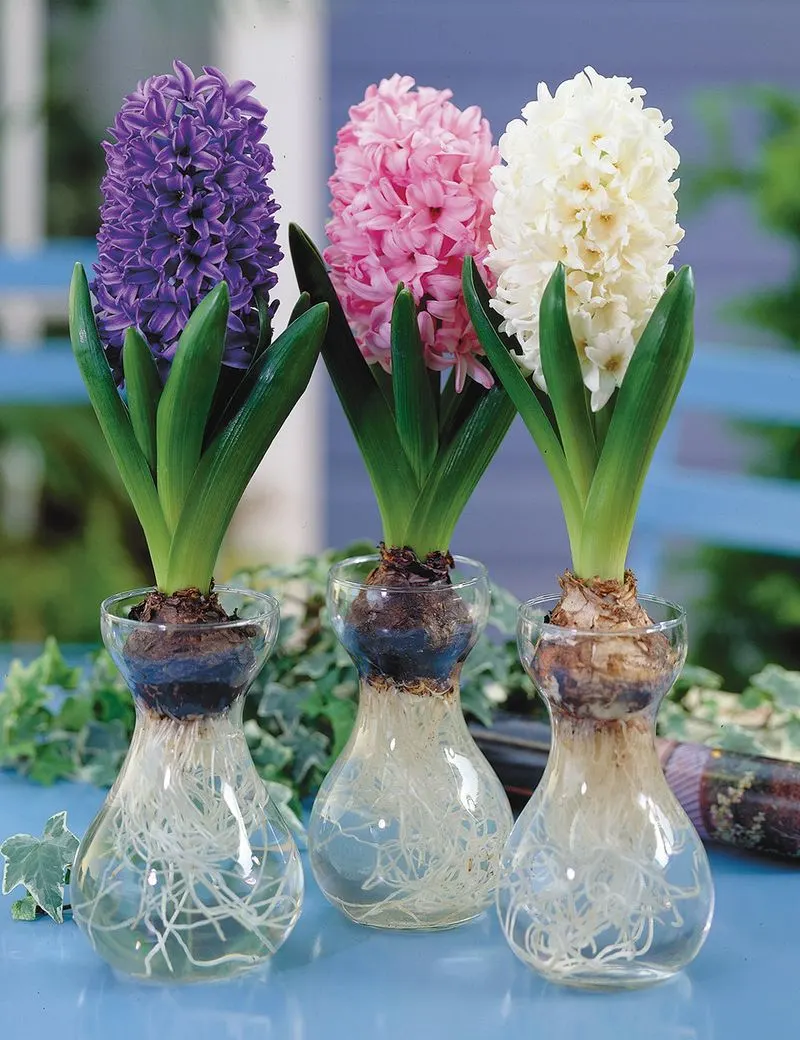
The enchanting fragrance of hyacinths makes them a valuable addition to any garden. Post-bloom, let leaves die back, enriching bulbs stored for the following season. Ensure bulbs are dry before packing them away. A well-ventilated area is best for storage. Their intense scent and vibrant colors enrich gardens each spring, making hyacinth bulbs worth the effort to save. With proper care, these bulbs will reward you with an aromatic and colorful display that captivates the senses.
Crocus
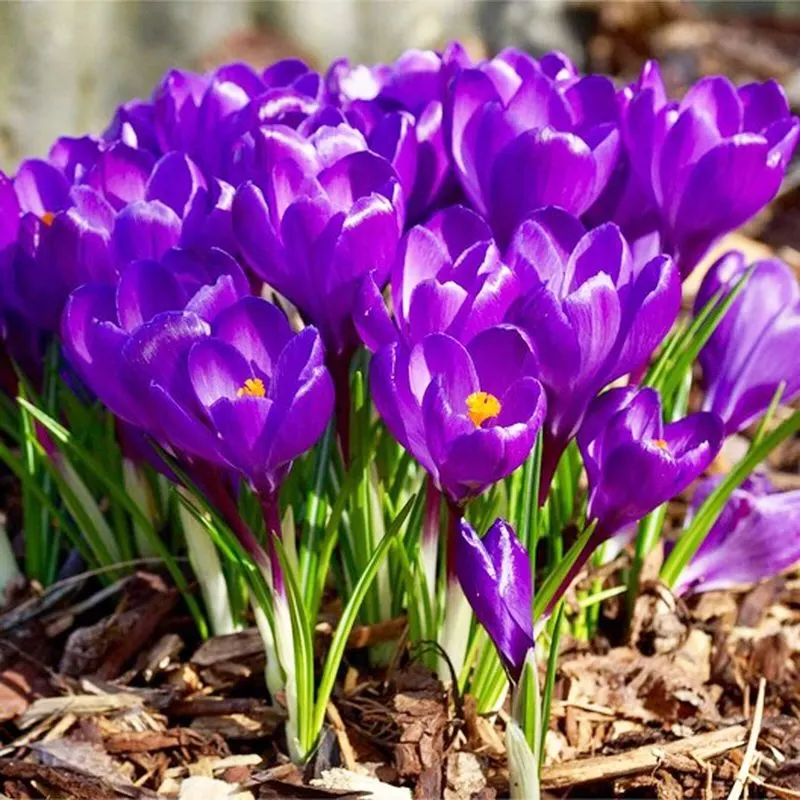
Crocuses are among the first to bloom, signaling winter’s end. Saving these bulbs ensures early color in your garden. Allow foliage to yellow before lifting bulbs from the ground. Store in a breathable container, away from direct sunlight. Crocus bulbs are small but mighty, bringing bursts of color when little else blooms. They thrive in well-drained soil, making them an ideal choice for rock gardens or borders. Their early appearance is a welcome sign of spring’s approach.
Lily
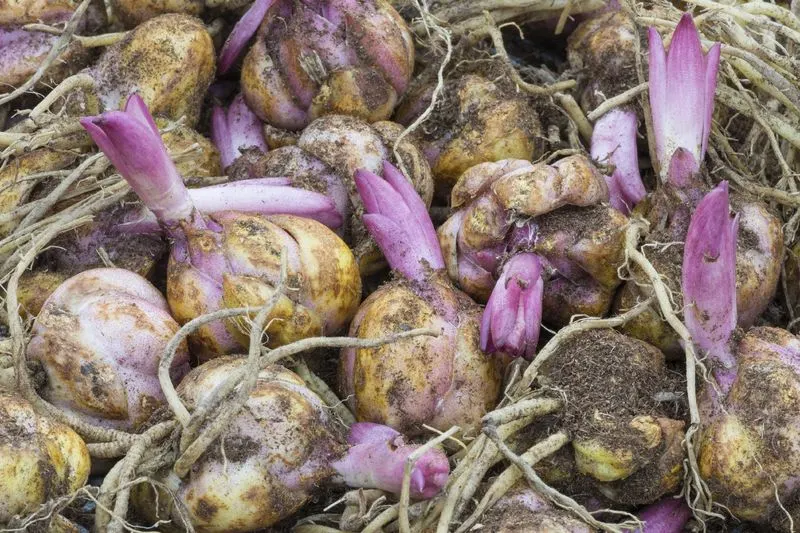
Lilies add elegance to any garden with their tall, graceful blooms. To save lily bulbs, wait until foliage turns brown, then carefully dig them up. Inspect for rot before storing in a cool, dark place. These bulbs appreciate well-drained soil and a sunny spot when replanted. Saving lily bulbs allows gardeners to enjoy their majestic beauty each summer. Their diversity, from Asiatic to Oriental varieties, offers a range of colors and scents. Proper storage ensures a stunning display year after year.
Gladiolus
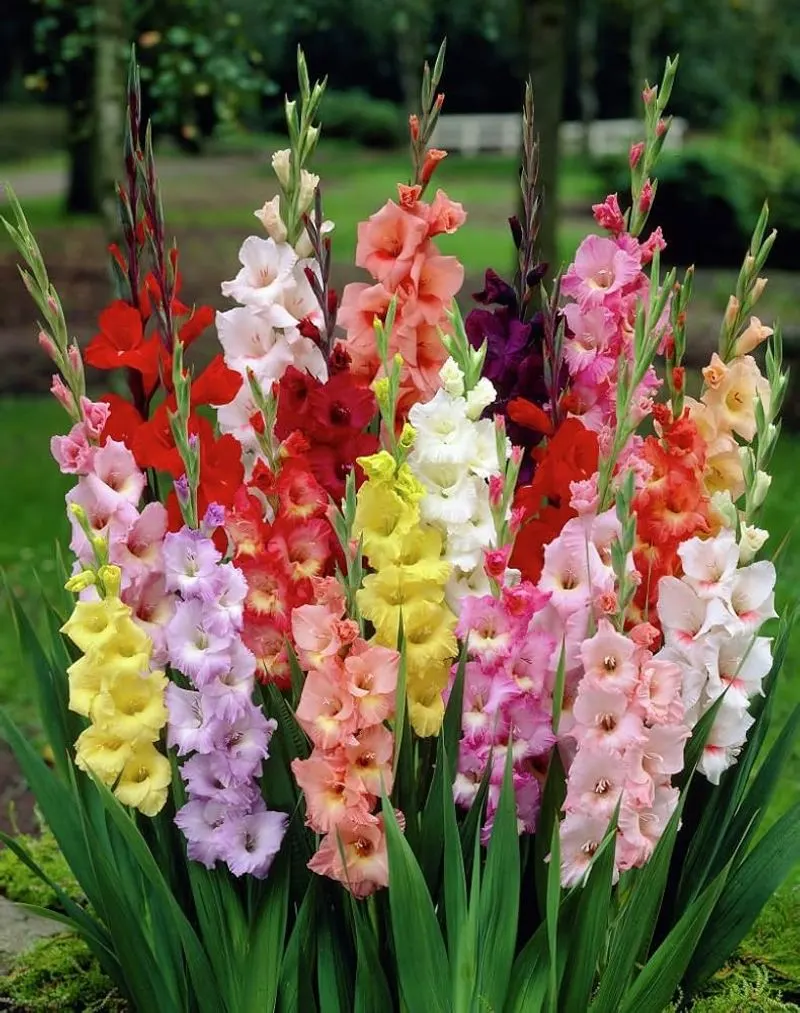
Gladiolus stands tall with striking vertical blooms, perfect for borders. After flowering, let foliage die back, then lift corms gently. Remove excess soil and let them dry before storage. Keep them in a cool, frost-free place for winter. Gladiolus corms provide dramatic height and color to gardens, making them a favorite for cut flower arrangements. Saving these allows gardeners to create a bold, vertical element in their floral designs. Each corm holds potential for stunning summer blooms.
Begonia
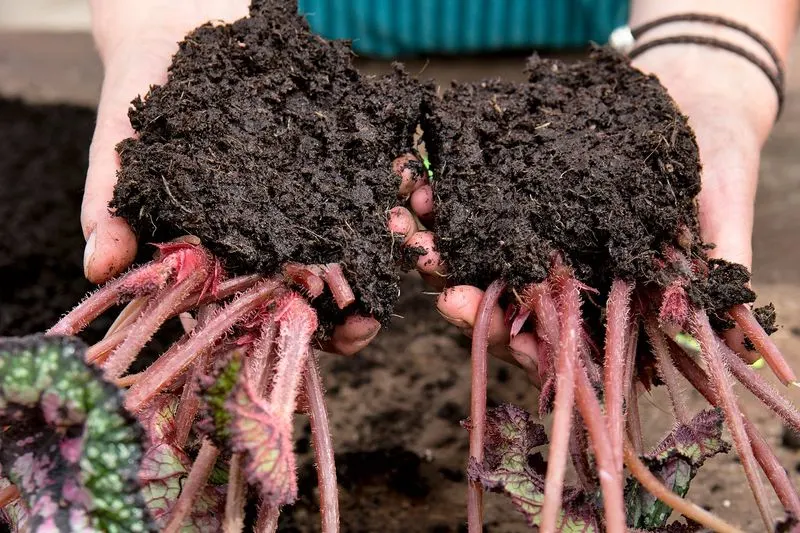
Begonias offer brilliant blooms and lush foliage, thriving in shade. To save tubers, let plants dry out after the first frost, then dig up. Store in peat moss in a cool, frost-free area. Begonia tubers are a favorite for hanging baskets and shaded borders, providing a pop of color where other plants may struggle. These tubers, with proper care, will flourish again, delivering a stunning display of flowers and foliage. Their ability to thrive in less sunny spots makes them invaluable.
Ranunculus
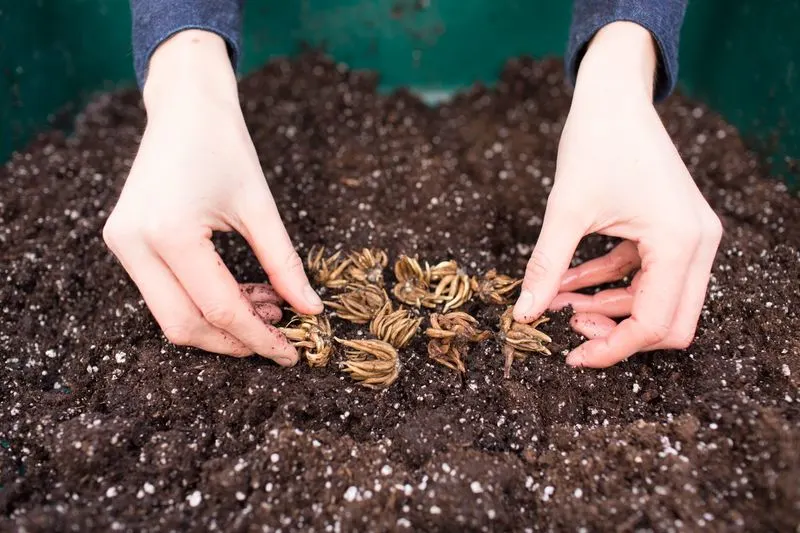
Ranunculus captivates with lush, layered petals, resembling miniature roses. Post-bloom, allow foliage to die back, then lift tubers carefully from the soil. Dry them thoroughly before storing in a breathable bag. These tubers thrive in well-drained soil and full sun. Saving ranunculus ensures an early burst of color in your garden, especially appealing for spring bouquets. Their rose-like appearance and vibrant hues make them a gardener’s delight, offering beauty and elegance with every replanting.
Freesia
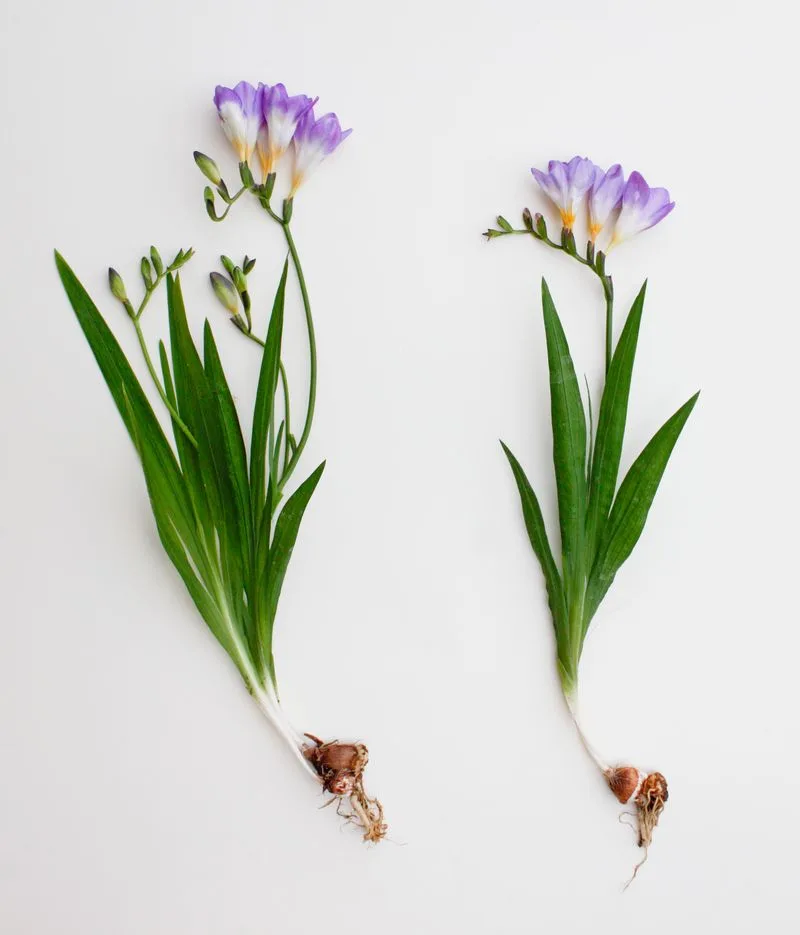
Freesias are cherished for their sweet scent and elegant blooms. After flowering, let leaves wither before lifting corms from the soil. Store in a dry, frost-free area until it’s time to replant. These corms thrive in sunny locations with well-drained soil. Saving them allows gardeners to enjoy their fragrance and beauty each spring. Freesias’ popularity in floral arrangements comes from their delightful scent and vibrant colors, making them a must-save bulb for any flower enthusiast.
Anemone
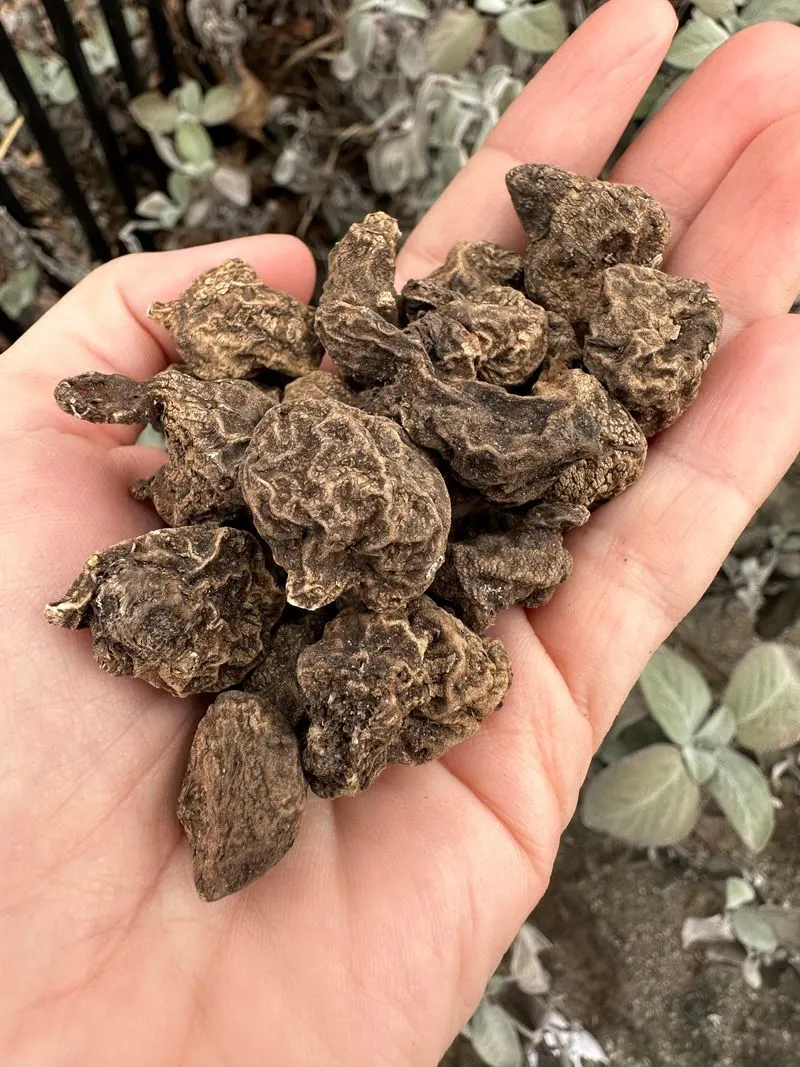
Anemones bring a touch of whimsy with their delicate, poppy-like blooms. Allow foliage to die back naturally, then lift tubers carefully. Store in a cool, dry place until replanting. These tubers prefer well-drained soil and a sunny spot. Saving anemone tubers ensures a delightful display of color and form come spring. Their versatility and charm make them suitable for borders and containers. With a bit of care, these tubers return year after year, adding beauty and grace to the garden.
Allium
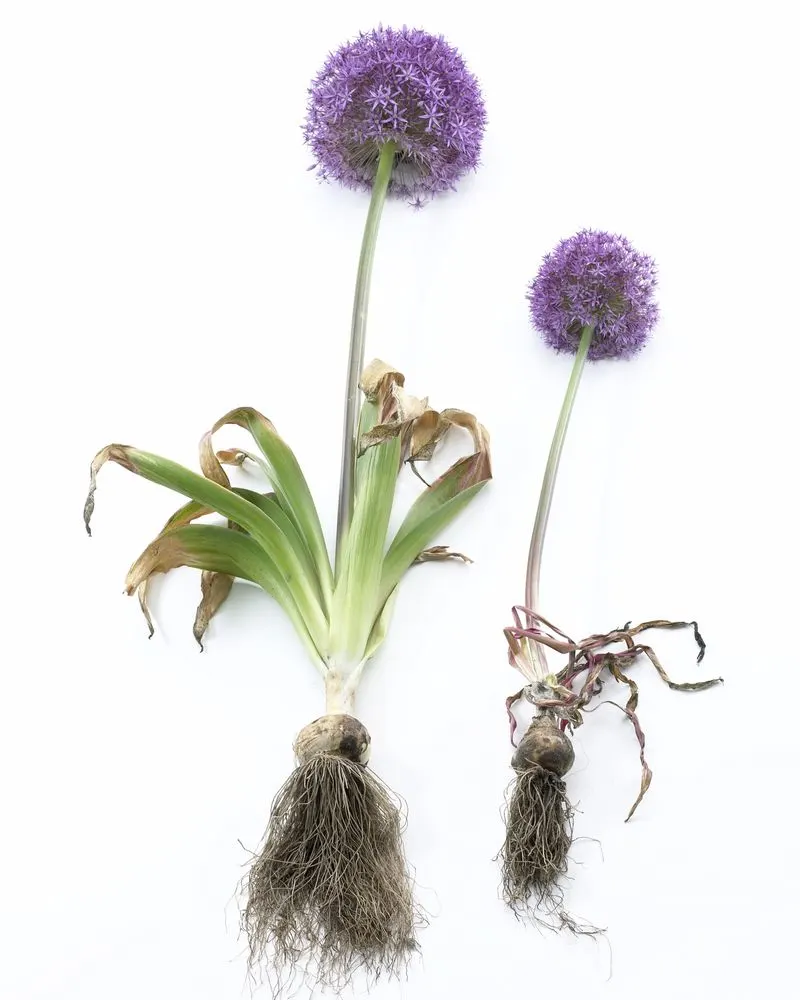
Alliums are known for their striking, globe-like blooms that add architectural interest to gardens. Post-flowering, allow foliage to yellow before digging up bulbs. Store them in a dry, well-ventilated area. These bulbs thrive in sunny spots with well-drained soil. Saving allium bulbs promises a dramatic display next season, perfect for borders or as unique accents in flower beds. Their distinctive form and height make them a gardener’s favorite, offering both visual impact and a touch of elegance.
Canna
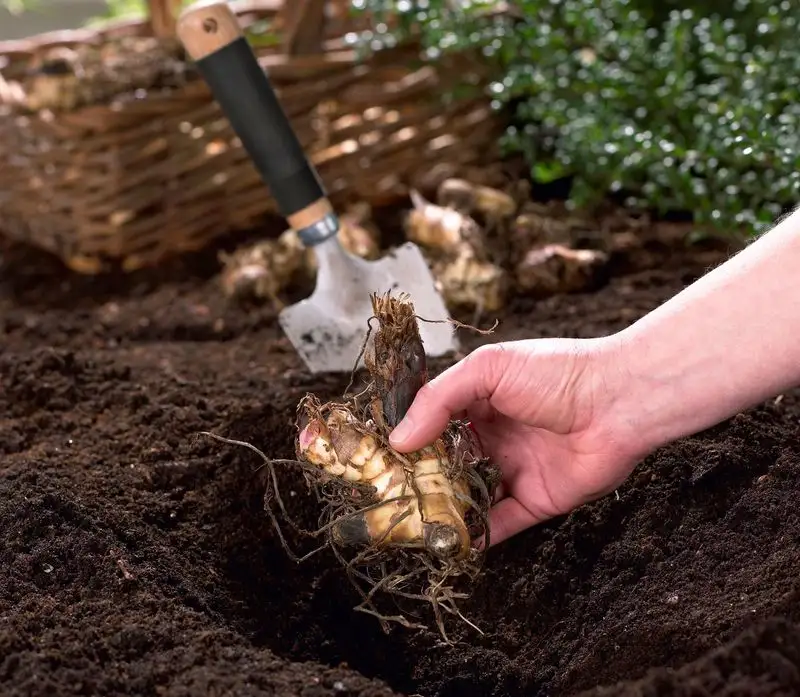
Cannas impart a tropical flair to gardens with their bold foliage and bright blooms. After flowering, cut back and dig up rhizomes before the first frost. Store in peat moss in a frost-free place. These rhizomes thrive in sunny, well-drained locations. Saving canna rhizomes is essential for maintaining a vibrant garden display. Their large, banana-like leaves and colorful flowers make them perfect for adding structure and interest. With proper care, canna rhizomes offer consistent beauty each year.
Iris
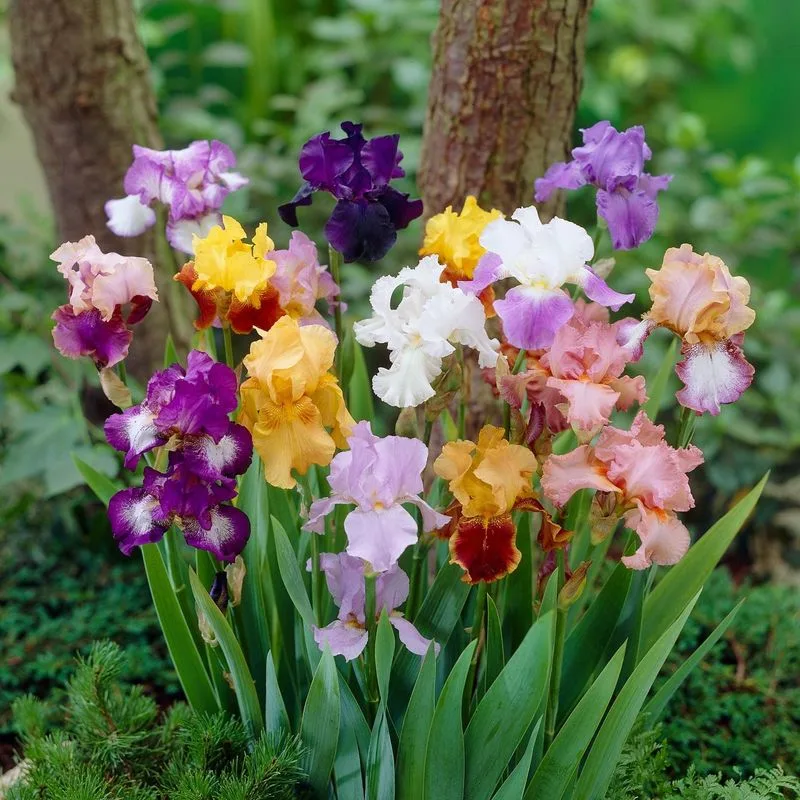
Irises are admired for their intricate blooms and sword-like foliage. After flowering, trim back leaves and lift rhizomes gently. Store in a cool, dry area to prevent rot. These rhizomes prefer sunny spots with well-drained soil. Saving iris rhizomes ensures a stunning floral display with various colors and forms. Their unique flowers add elegance and movement to garden beds. With proper storage, irises reward gardeners with captivating blooms that enhance any garden setting.
Dahlia
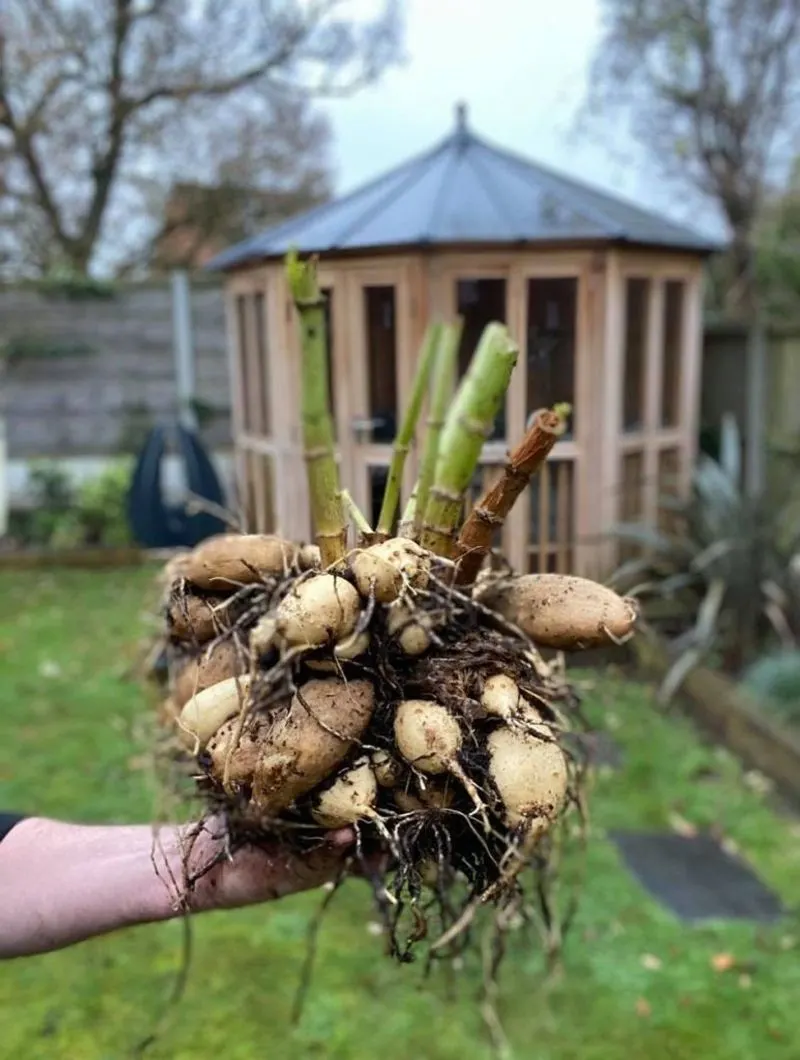
Dahlias are garden showstoppers with their diverse colors and forms. Once frost blackens foliage, cut back stems and lift tubers. Dry them thoroughly, then store in peat moss or sand. These tubers need a frost-free place for winter. Saving dahlia tubers allows for a spectacular garden display every summer. Their versatility in size and color makes them suitable for any garden style. With careful storage, dahlias provide continuous blooms, offering a rich palette to work with season after season.

